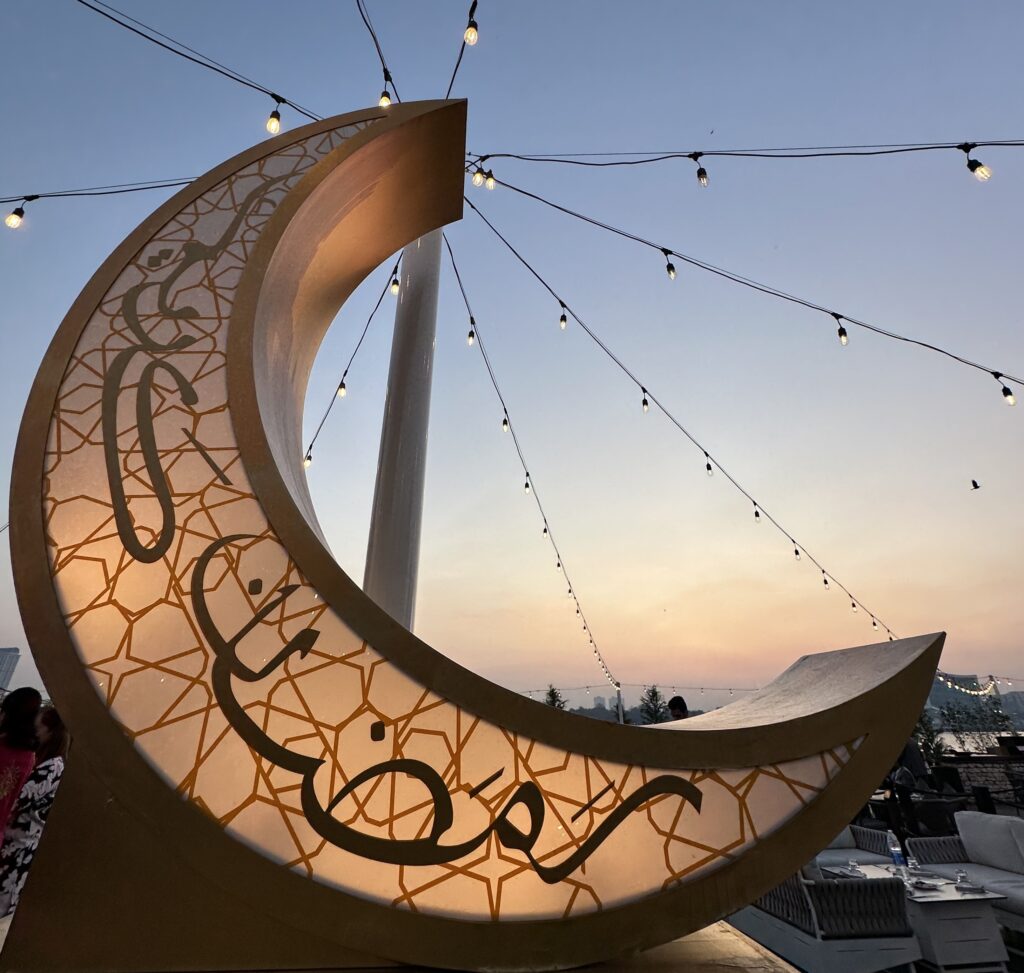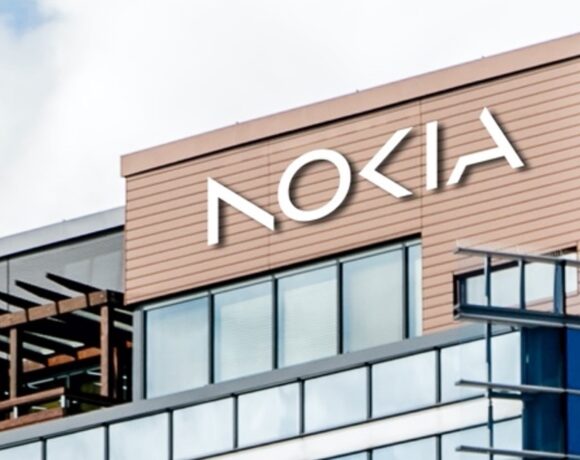Do you know the customs and traditions of Eid Al Fitr around the world?

Including the GCC nations
Eid Al Fitr, the festive celebration marking the end of the Islamic holy month of Ramadan, is enthusiastically observed by Muslims worldwide. The day culminates in fasting, prayer, reflection, and community.
While the essential elements of Eid remain consistent—such as special prayers, feasts, and charitable giving—each country and region contributes its unique customs and traditions to the celebration.
This is particularly evident in the six GCC (Gulf Cooperation Council) nations—Saudi Arabia, the UAE, Qatar, Bahrain, Kuwait, and Oman—where Eid traditions are deeply rooted in Islamic culture, yet shaped by local heritage and practices.
Global celebrations
Around the world, Eid Al Fitr is a time for family and community gatherings. In Indonesia, the largest Muslim-majority country, Eid is known as Lebaran. The term refers to the joyful breaking of the fast, and it is celebrated with grand family reunions, the giving of angpao (money envelopes), and the popular ketupat (rice dumplings), which are served with satay (skewered meat) and other local delicacies. The atmosphere is festive, with millions travelling to their hometowns for the holiday, a custom called mudik.

In South Asia, countries like Pakistan, India, and Bangladesh observe Eid with a blend of religious rites and cultural traditions. In Pakistan, Eid prayers are performed in mosques and open fields, while families gather for a large festive meal, often featuring biryani and sweet treats such as seviyan (sweet vermicelli).
In India, Muslims in cities like Hyderabad prepare for Eid with sumptuous banquets, and the streets come alive with markets selling unique clothing, perfumes, and accessories.
In Turkey, Eid is known as Şeker Bayramı, or the ‘Sugar Festival,’ symbolising the sweetness of life after a month of fasting. The celebration involves visiting the graves of loved ones and a tradition of handing out sweets and chocolates to children.
In Egypt, the bustling streets of Cairo and Alexandria are filled with joy as families come together for celebrations. Traditional foods, such as fatta (a dish made with rice, bread, and meat) and kahk (a unique Eid cookie filled with nuts), are shared with friends and family.
Eid in the GCC region
Eid Al Fitr holds immense significance in the GCC countries, blending religious observance with local customs. Saudi Arabia, home to Islam’s holiest cities, Mecca and Medina, leads the region in its grand Eid celebrations.
The day begins with special prayers, visits to family members, and the distribution of zakat al-fitr, a form of charity. A highlight of Eid in Saudi Arabia is the customary ma’amoul, a shortbread cookie filled with dates or nuts, served during the festivities. Homes are often decorated with lights and banners, and traditional music fills the air.
The United Arab Emirates (UAE) celebrates Eid with a festive atmosphere that blends modern luxury with traditional Arab culture. In cities like Dubai and Abu Dhabi, the streets are lined with extravagant light displays, and shopping malls host Eid-themed events and promotions.
Families enjoy lavish feasts, often featuring machboos (spiced rice with meat) and harees (wheat porridge). The exchange of gifts and wearing new clothes are also integral to the celebration. Public events, such as concerts and fireworks displays, are regular occurrences, adding to the grandeur of the occasion.
Eid has similar traditions in Qatar, including family gatherings, prayer, and charity. The day often begins with a visit to the mosque, followed by a hearty breakfast featuring local dishes such as machboos and balaleet, a sweetened vermicelli dish with eggs.
As in other GCC countries, exchanging gifts, especially money in red envelopes, is a widespread custom. Qatari families also engage in Sadu weaving, a traditional Bedouin craft, during the festivities, adding a cultural touch to the celebration.
Bahrain, with its rich Islamic heritage, also hosts grand Eid celebrations. The island nation is renowned for its vibrant souks (markets), which come alive during Eid and offer diverse goods, from spices to traditional clothing.
Bahrainis celebrate by hosting family gatherings, preparing elaborate meals, and indulging in sweets such as kuna fa, ghraybeh, and shortbread cookies. Visiting the graves of deceased family members to offer prayers is an essential part of the observance.
Kuwait’s Eid celebrations are known for their warmth and generosity. After Eid prayers, Kuwaitis visit the homes of relatives and friends, exchanging gifts and enjoying meals together. A traditional dish served during Eid in Kuwait is margoog, a hearty stew made with meat and vegetables.
The custom of giving children Eid Al Fitr money gifts is widely practised, ensuring that the younger generation can participate in the celebrations. Kuwaiti homes are often adorned with flowers and lights, creating a festive and welcoming atmosphere.
Oman’s approach to Eid is infused with a strong sense of spirituality and community. Omani families observe the Eid prayers at mosques or open fields, followed by visits to relatives. A distinctive feature of Eid in Oman is the halwa, a sweet, jelly-like dessert often served with coffee to guests. Omani Eid traditions also include wearing traditional clothing, with men dressed in dishdasha and women in brightly coloured abayas.
Hero image: Each country and region brings unique customs and traditions to the Eid Al Fitr celebration. Credit: RDNE Stock Project












